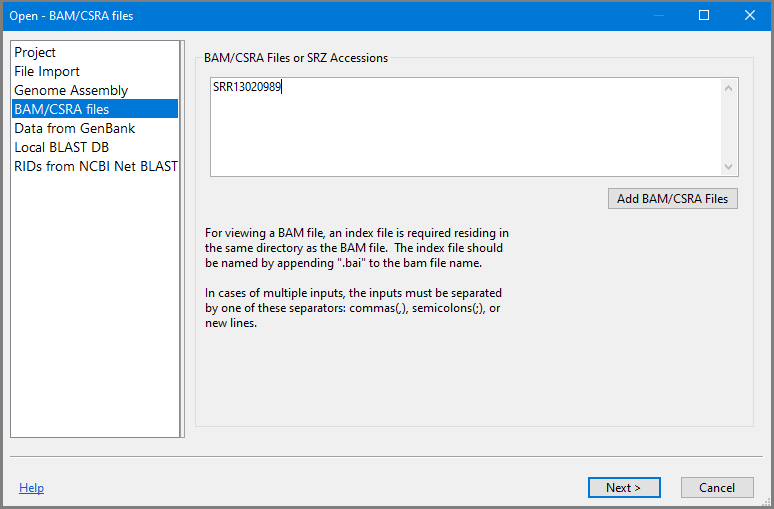

- #Bam file format decompression software
- #Bam file format decompression code
- #Bam file format decompression download
The good thing about this is you can do much more with the genomic ranges object than computing the coverage, the downside is, that the code is not that efficient. Here is a code example: library(Rsamtools) The Rsamtools package can be used to read in the BAM file. If you want to know more about the \(MAPQ\) topic, please follow the link above.And the mandatory R solution. This file is needed to both compress and decompress the read information. While BAM files contain all sequence data within a file, CRAM files are smaller by taking advantage of an additional external 'reference sequence' file. Once you dig deeper into the mechanics of the \(MAPQ\) implementation it becomes clear that this is not an easy topic. The CRAM file format is a more dense form of BAM files with the benefit of saving much disk space. While the MAPQ information would be very helpful indeed, the way that various tools implement this value differs.īottom-line is that we need to be aware that different tools use this value in different ways and the it is good to know the information that is encoded in the value. The formula to calculate the \(MAPQ\) value is: \(MAPQ=-10*log10(p)\), where \(p\) is the probability that the read is mapped wrongly. compression/decompression methods (called codecs, see Supp Methods). It seems a reasonable idea to only keep good mapping reads.Īs the SAM-format contains at column 5 the \(MAPQ\) value, which we established earlier is the “MAPping Quality” in Phred-scaled, this seems easily achieved. Another key weakness of the BAM format is that BAM files require approximately the. In this section we want to sub-select reads based on the quality of the mapping. I tried using this method: where i downloaded. This is basically an 'off-label' use of the BAM format (which was specifically designed to contain mapping information) that is used for data management reasons: it allows you to attach metadata to the reads.
#Bam file format decompression download
One line of a mapped read can be seen here: I'm trying to download a dataset in the BAM Format from GEO/SRA, that I can use for analysis in RStudio. uBAM is a variant form of the BAM file format in which the read data does not contain mapping information.


BAM files essentially concatenated GZIP blocks put together into a cohesive file. Variable OPTional fields in the format TAG:VTYPE:VALUE compress or decompress from stdin to stdout / int main(int argc. Query QUALity (ASCII-33 gives the Phred base quality) Query SEQuence on the same strand as the reference Several things can happen to cause this (generally on VCF of BAM tracks). to-mr is replaced by formatreads, and must be run both on abismal outputs and in SAM files generated by other mappers.
#Bam file format decompression software
we recommend mapping reads using the new abismal software tool, which generates SAM output. Mate Reference sequence NaMe (‘=’ if same as RNAME) Therefore, it is most likely not due to corrupted bigwig files or jbrowse bugs. HTSLib is used for BAM file decompression, so BAM and SAM files can be used interchangeably. ¶ġ-based leftmost POSition/coordinate of clipped sequence The columns of such a line in the mapping file are described in Table 5.1. Then, for each read, that mapped to the reference, there is one line. There are a lot of programs written in python that use pysam to open BAM files and these should, theoretically, support CRAM. If you need to use an old version of those for some very odd reason then CRAM may not be supported. Have a look into the sam-file that was created by either program.Ī quick overview of the sam-format can be found here and even more information can be found here.īriefly, first there are a lot of header lines. Java programs using htsjdk (e.g., picard, IGV and GATK) have only relatively recently added support for CRAM. BWA, like most mappers, will produce a mapping file in sam-format.


 0 kommentar(er)
0 kommentar(er)
